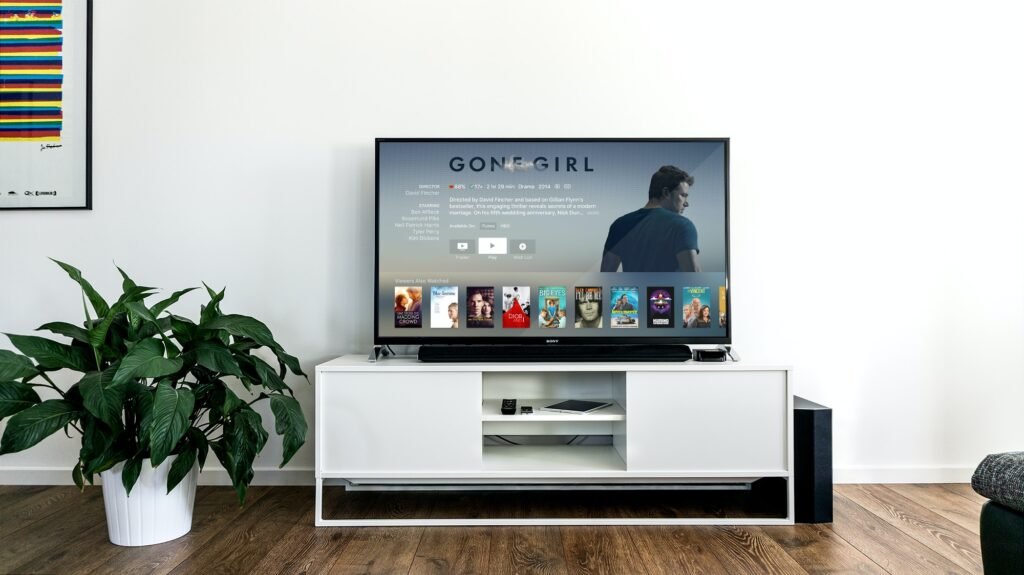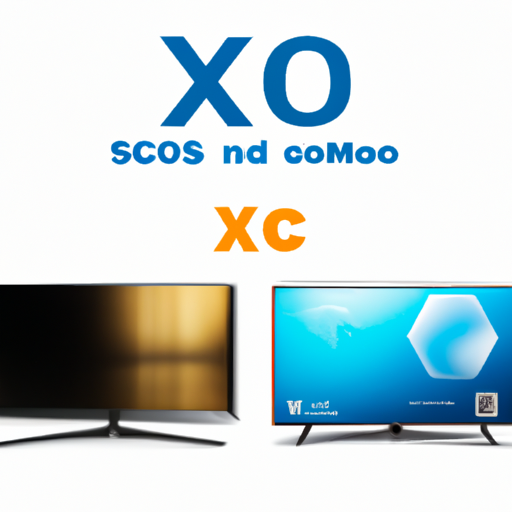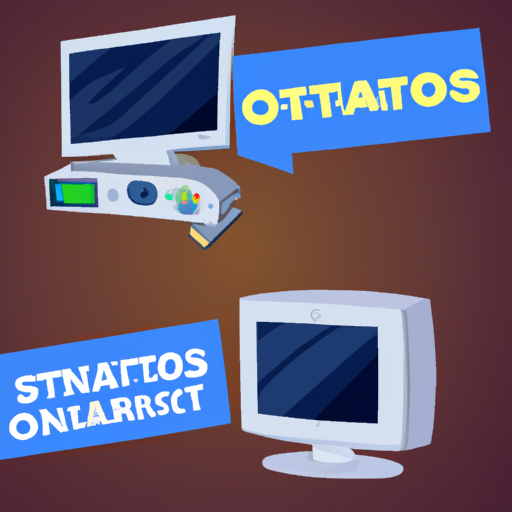In this article, we will explore and discuss the variations and features of a smart TV compared to a regular TV. You will learn how a smart TV offers additional functionalities and connectivity options, such as streaming services and internet browsing. We will also highlight the advantages of a regular TV and its simplicity for those who prefer a basic viewing experience. Stay tuned to uncover the distinctions and make an informed decision when choosing your next television.
Understanding the Differences: Smart TV vs. Regular TV
Technology has revolutionized the way we watch television, offering us a wide range of options and features. Two popular choices in the market are smart TVs and regular TVs. While both serve the purpose of entertaining us with our favorite shows and movies, there are substantial differences between the two. In this article, we will explore the distinctions between smart TVs and regular TVs, helping you make an informed decision when considering a purchase.
Smart TV: Definition and Features
A smart TV, as the name suggests, is a television that is equipped with advanced features beyond the traditional capabilities of a regular TV. It is essentially a combination of a television and a computer, offering internet connectivity and a wide array of smart features. With a smart TV, you can access the internet directly from your television screen, allowing you to browse the web, stream media, and interact with various applications.
Regular TV: Definition and Limitations
On the other hand, a regular TV is a conventional television that does not offer internet connectivity or advanced smart features. It is primarily designed for broadcast television, allowing you to watch the channels available through cable, satellite, or terrestrial antennas. While regular TVs are reliable in providing access to traditional television channels, they lack the additional functionality that smart TVs offer.

Smart TV: Internet Connectivity and Streaming
One of the standout features of a smart TV is its ability to connect to the internet. Through a wired or wireless connection, you can browse the web on your television screen, check emails, and even stream your favorite movies and TV shows from popular streaming services like Netflix, Hulu, and Amazon Prime Video. With a smart TV, you can enjoy a wide variety of online content directly on your television, eliminating the need for additional streaming devices.
Regular TV: Limited Channel Options
Regular TVs, while offering access to traditional television channels, have limitations when it comes to channel options. You are limited to the channels available through cable, satellite, or antennas, which may not always cater to your specific preferences. In contrast, smart TVs provide a multitude of streaming services and apps that allow you to choose from an extensive range of content, allowing for a more personalized viewing experience.

Smart TV: Access to Apps and Content
Another significant advantage of smart TVs is their access to various applications and content. Most smart TVs come with an app store, similar to those found on smartphones or tablets, where you can download and install a wide array of apps based on your interests and preferences. Whether you enjoy gaming, fitness, or educational content, there is a vast selection of apps available that can be easily accessed on your smart TV. Additionally, smart TVs often support casting or mirroring features, enabling you to mirror your smartphone or laptop screen on your television, amplifying your viewing experience.
Regular TV: No App Store or Additional Content
Regular TVs, unfortunately, do not offer an app store or the ability to download additional content. With a regular TV, you are limited to the channels provided by your service provider and do not have the flexibility to install additional applications to enhance your viewing experience. While regular TVs are excellent for traditional television viewing, they lack the versatility and modern conveniences that smart TVs offer.

Smart TV: Voice Control and Interactivity
One exciting advancement in smart TVs is the integration of voice control and interactivity. Many smart TVs now come equipped with voice control features that allow you to control various aspects of your television simply by speaking commands. Whether you want to change the channel, adjust the volume, or search for specific content, you can do so effortlessly using voice commands. Additionally, smart TVs often feature interactive capabilities, such as the ability to play games directly on the screen or engage in social media platforms, further enhancing your overall entertainment experience.
Regular TV: Traditional Remotes
In contrast, regular TVs rely on traditional remotes for control. While these remotes serve their purpose in changing channels and adjusting volume, they lack the convenience and advanced functionality offered by voice control features found in smart TVs. Interactivity is limited with regular TVs, and options for additional entertainment are restricted to external devices such as gaming consoles, DVD players, or streaming devices.

Smart TV: Integration with Other Devices
Smart TVs are designed to seamlessly integrate with other devices in your home ecosystem. With the rise of smart home technology, many smart TVs can connect with voice assistants like Amazon Alexa or Google Assistant, allowing you to control your television through voice commands. Additionally, smart TVs often have built-in support for other smart devices such as speakers, home security systems, and lighting systems, creating a cohesive and interconnected experience within your home.
Regular TV: Lack of Integration
Regular TVs do not have the same level of integration capabilities as smart TVs. While you can connect external devices to regular TVs, such as gaming consoles or DVD players, the level of integration is limited to these specific devices. Regular TVs are primarily standalone devices, offering a basic television viewing experience without the added convenience of interacting with other smart devices.

Conclusion
In conclusion, the differences between smart TVs and regular TVs are substantial. Smart TVs excel in their ability to connect to the internet, access a vast array of apps and content, and offer advanced features like voice control and integration with other devices. Regular TVs, while reliable for traditional television viewing, lack the modern conveniences and versatility that smart TVs provide. Consider your preferences, requirements, and budget when making a decision between the two, as both offer distinct experiences in the world of entertainment.
